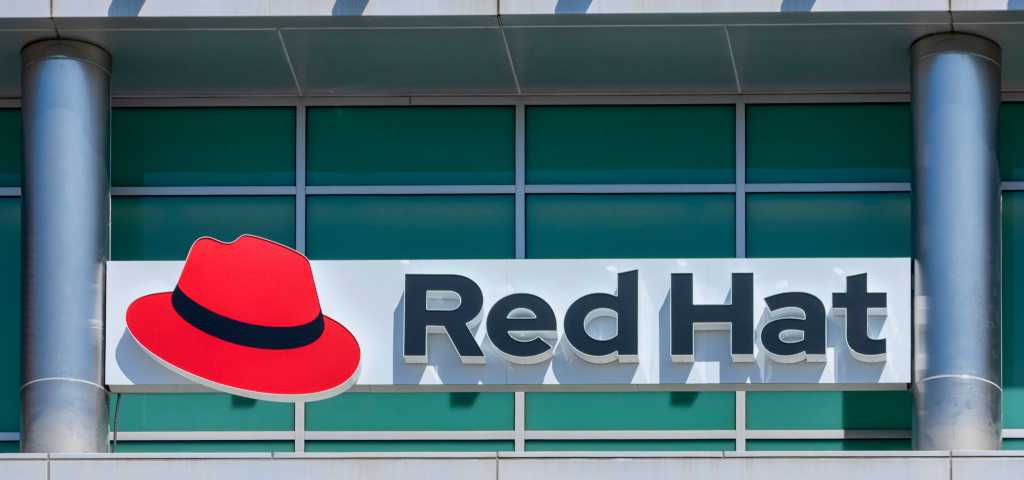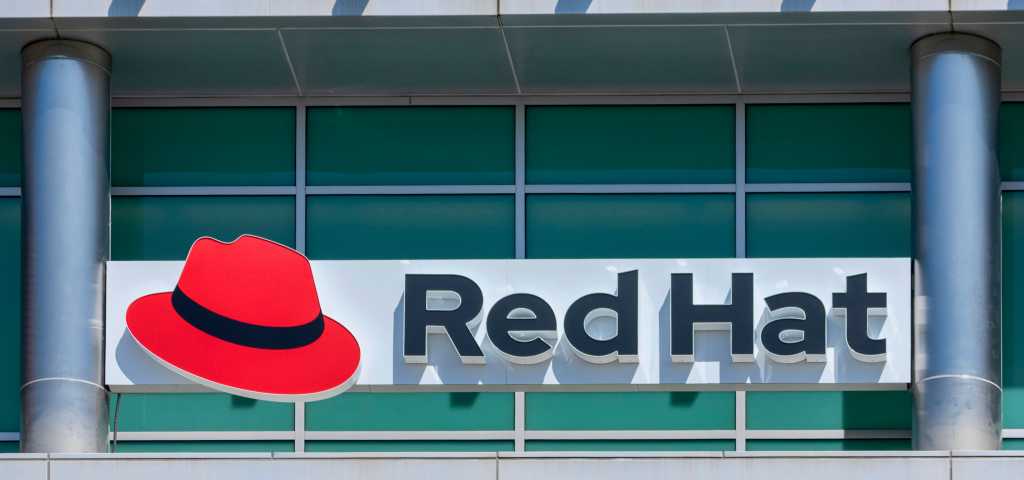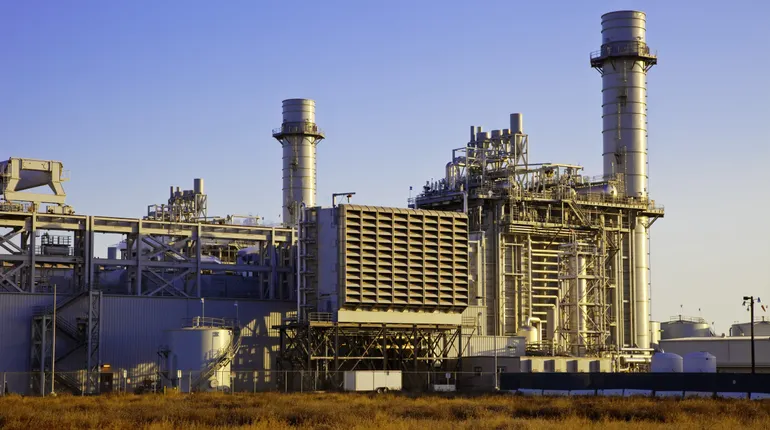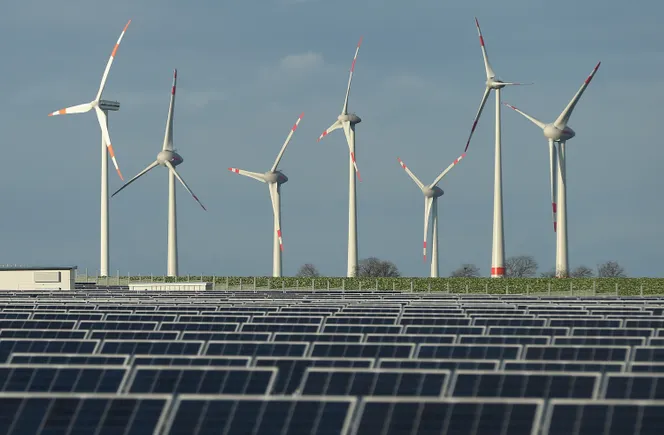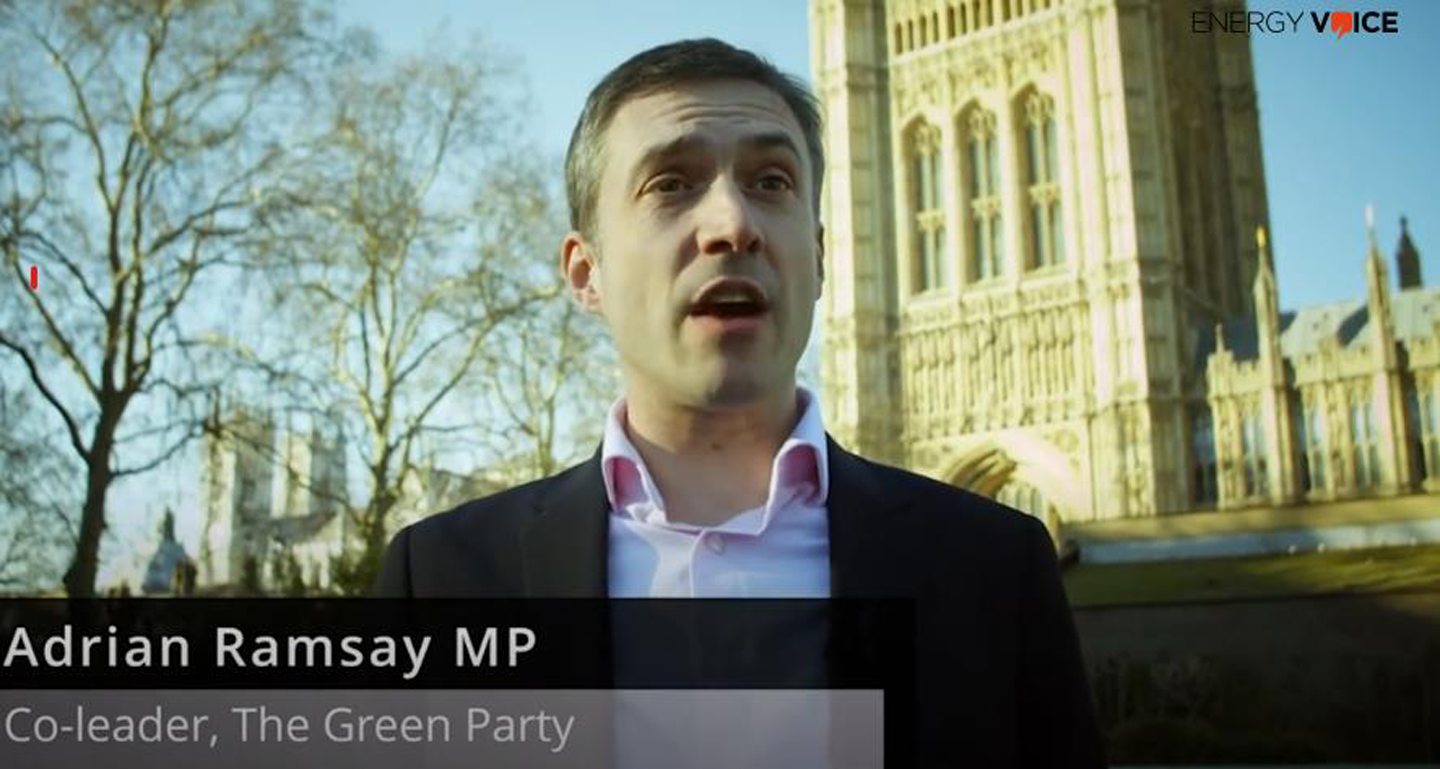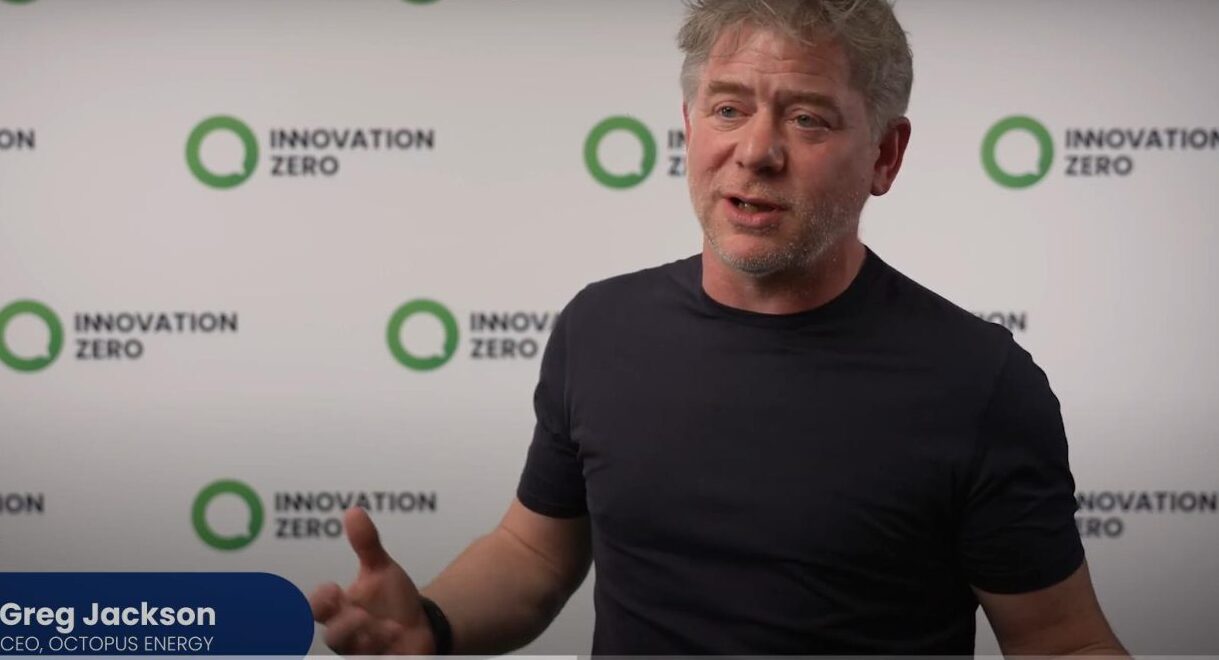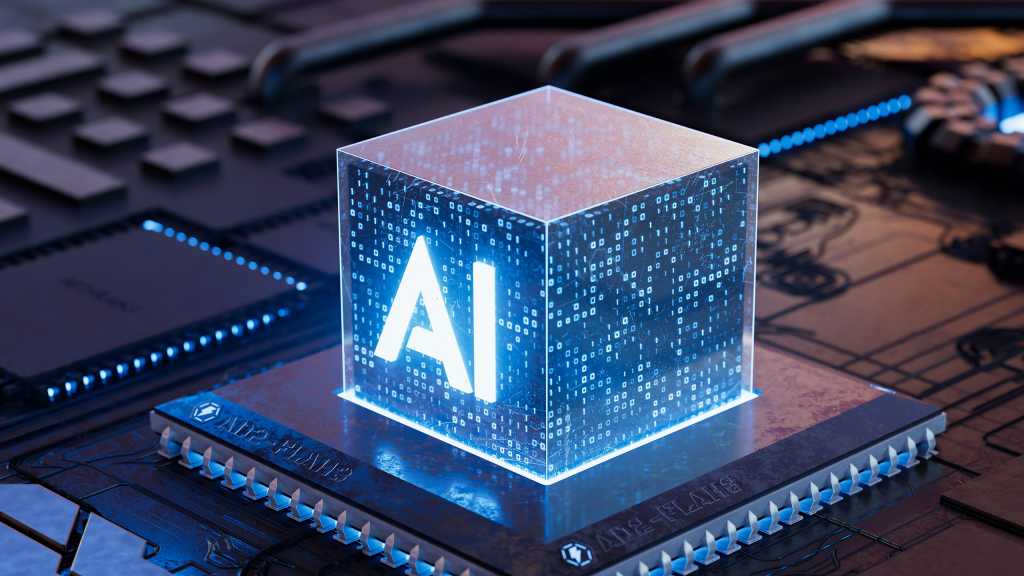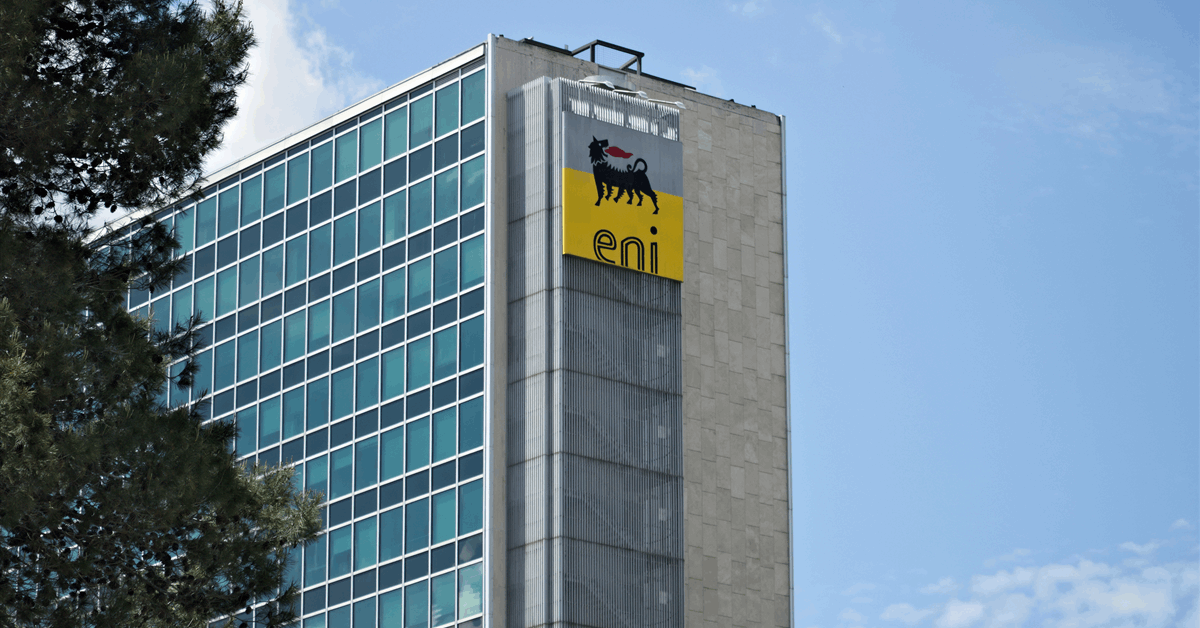
Eni SpA has signed a deal with Ares Alternative Credit Management to negotiate a potential divestment of 20 percent of its renewable energy (RE) arm to the investment fund.
The potential sale places an equity value of EUR 9.8 billion ($11 billion) to EUR 10.2 billion on Eni Plenitude SpA Società Benefit, “corresponding to an enterprise value of more than EUR 12 billion”, Italian state-backed Eni said in a brief statement.
“The agreement follows a thorough selection process involving several prominent international players who expressed strong interest in the company, further confirming the great appeal of its business model and its growth prospects”, added the statement on Eni’s website.
Earlier Energy Infrastructure Partners (EIP) raised its stake in Plenitude to 10 percent by injecting EUR 209 million in additional capital. Including EUR 588 million paid March 2024, EIP has invested about EUR 800 million in Plenitude.
“The transaction confirms a post-money equity value of Plenitude of around EUR 8 billion and an enterprise value of over EUR 10 billion”, Eni said in a press release April 11, 2025.
EIP partner Tim Marahrens said, “Our increased commitment to Plenitude reflects our confidence in its unique integrated model, which combines renewable generation, retail energy solutions and e-mobility at scale”.
“Over the past year, Plenitude has demonstrated its ability to exceed targets and capitalize on the accelerating energy transition”, Marahrens added.
Plenitude’s installed generation capacity from renewable sources rose to four gigawatts (GW) last year. Plenitude plans to reach 10 GW of renewable capacity by 2028.
Currently it is active in over 15 countries. It counts more than 10 million retail customers, as well as over 21,000 electric vehicle charging points, according to Eni.
Recently KKR & Co. Inc. completed the purchase of a 25 percent stake in another Eni company, biofuels developer Enilive. That is to be raised to 30 percent after the conclusion of a later agreement.
“The overall proceeds for Eni group, after accounting for cash adjustments and other items, amount to EUR 2.967 billion, including a capital increase in Enilive of EUR 500 million to support the company’s growth plan”, Eni said March 6, 2025.
“Enilive, with its integrated business model, represents a prime example of the progress of the business satellite model, further confirmed by a post-money valuation of EUR 11.75 billion of Equity Value for 100 percent of Enilive’s share capital and KKR’s commitment to strengthen its role as a key partner through an agreement, announced to the market on 18 February, to increase its stake in Enilive by a further 5 percent”.
Eni’s satellite model involves, in the company’s words, “creating focused and lean companies able to attract new capital to create value through operating and financial synergies and the acceleration of growth”.
To contact the author, email [email protected]
What do you think? We’d love to hear from you, join the conversation on the
Rigzone Energy Network.
The Rigzone Energy Network is a new social experience created for you and all energy professionals to Speak Up about our industry, share knowledge, connect with peers and industry insiders and engage in a professional community that will empower your career in energy.
MORE FROM THIS AUTHOR



